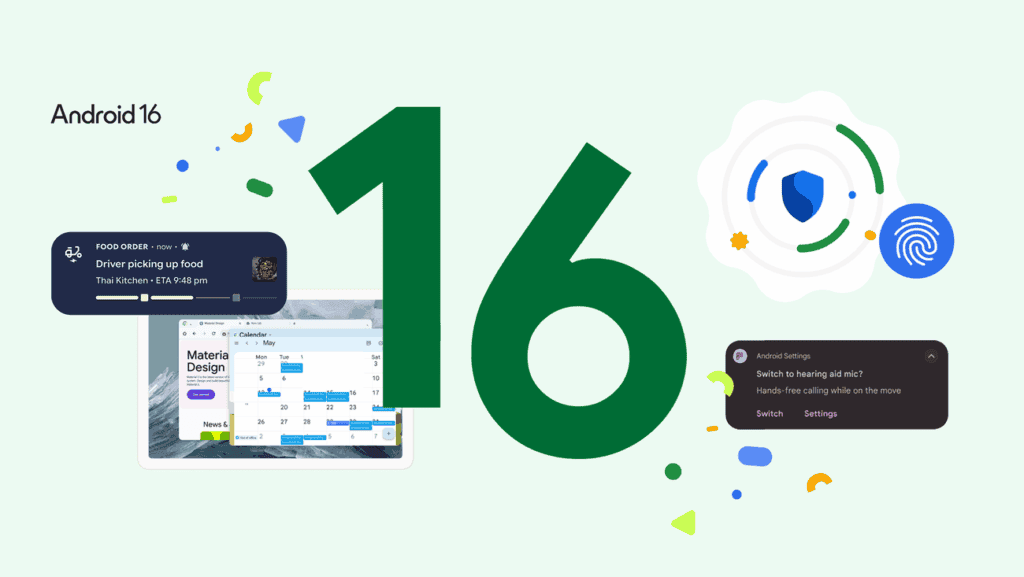newsPhonesSamsung
Google’s New Android 16 ‘Canary’ Plan Might Complicate Samsung’s One UI Future
Nick Papanikolopoulos
July 20, 2025

Google’s Android roadmap just took a sharp—and possibly confusing—turn. And if you’re a Samsung user? You might want to pay attention. Until now, Android development has followed a fairly predictable rhythm: Developer Preview → Public Beta → Stable Release. If you cared about early features or testing updates ahead of time, you knew where to look. But now Google’s throwing a wrench in that system.
Introducing: Android Canary—a new track that doesn’t attach features to specific Android versions. Instead, updates arrive… when they arrive. No clear roadmap. No firm version tagging. That unpredictability is what’s making Android insiders uneasy—and it’s why Android Authority went so far as to call Android 16 a “mess.”

Android Canary One UI: So What’s the Big Deal?
The issue isn’t that Canary exists. It’s that it replaces the Developer Preview stage entirely. That means instead of seeing a clear build-up to Android 17 (or whatever comes next), we’ll be watching Google toss features into the wild whenever it pleases.
That’s fine if you’re using a Pixel and don’t mind surprises. But for companies like Samsung—who build their own UI skins and feature sets on top of Android—it introduces a lot of ambiguity. One UI updates are deeply tied to Android’s under-the-hood changes, including APIs, security protocols, and system-level behavior.
And when Google stops clearly identifying when and where those changes land, it makes life harder for Samsung’s engineering and QA teams. It’s like building a house while the ground underneath you keeps shifting.
Samsung’s One UI May Feel the Ripple
Samsung is already running its One UI 8 Beta Program, based on Android 16. So far, that rollout seems to be going as planned. But the real challenge might start with Android 17—where the full effect of the Canary approach will kick in.

Traditionally, Samsung times its One UI updates to follow Android’s stable releases. That’s how it manages to keep the Galaxy experience polished and relatively bug-free (well, mostly). But with Canary in the mix, those versioned rollouts could start to blur. Some features might drop with no warning. Others could disappear or change dramatically before Samsung ever integrates them. That unpredictability isn’t great when you’re managing hundreds of devices across dozens of countries.
Read Also: Redmi 15C 4G Leak Hints at a Budget Phone That Punches Up
Android Canary One UI: Could Samsung Adapt?
It’s possible. Samsung may take Google’s lead and introduce its own flavor of early feature testing—perhaps a Canary-like channel for One UI users or developers. That could allow Samsung to iterate faster and respond to Google’s changes in real-time. But that would be a cultural shift for Samsung, which has traditionally moved more cautiously. It prefers controlled rollouts and clearly delineated stages. So while adoption is technically possible, it wouldn’t come easy.
Plus, from the user perspective, things could get messy. Features might show up inconsistently across models, or land half-baked before being polished months later. Google’s Pixel Feature Drops already do this to some degree, but expanding it across the Android ecosystem may amplify the chaos.
Bottom Line
Android Canary isn’t necessarily a bad idea. It could accelerate development. It might allow Google to push more experimental features faster. But in practice, it makes Android’s versioning system murkier—and Samsung, which depends on that structure for One UI, is likely to feel the growing pains first.
If Android 17 turns out to be a Frankenstein patchwork of early drops, hidden APIs, and quiet rollbacks, don’t be surprised if Samsung slows down One UI releases—or starts rethinking how it builds them.
Disclaimer: We may be compensated by some of the companies whose products we talk about, but our articles and reviews are always our honest opinions. For more details, you can check out our editorial guidelines and learn about how we use affiliate links.Follow Gizchina.com on Google News for news and updates in the technology sector.
Source/VIA :
SammyFans